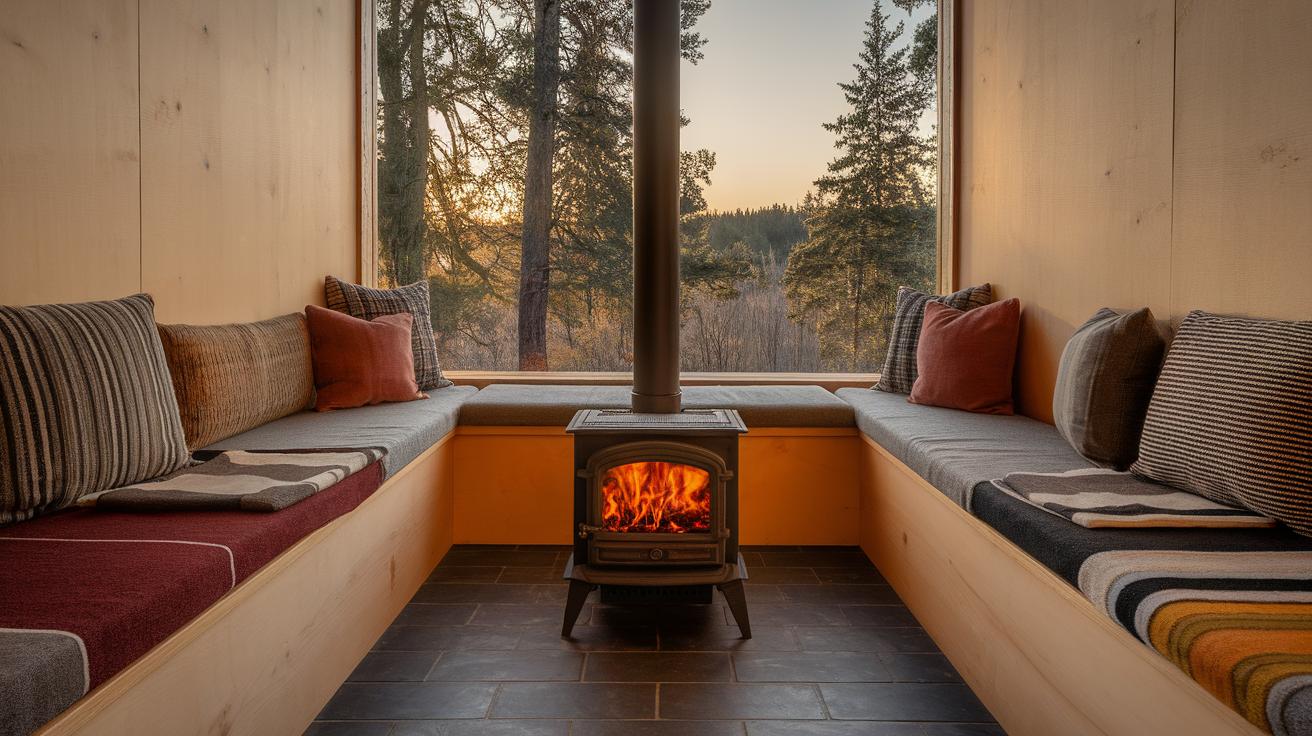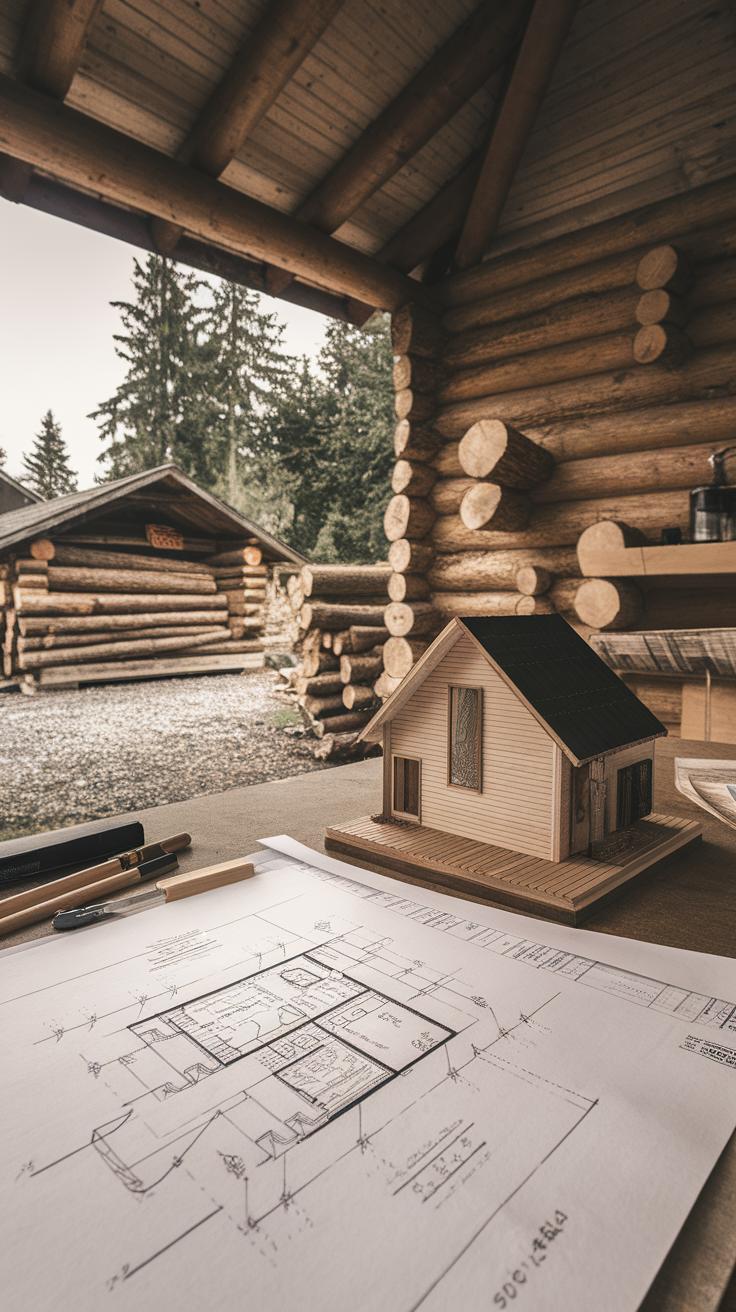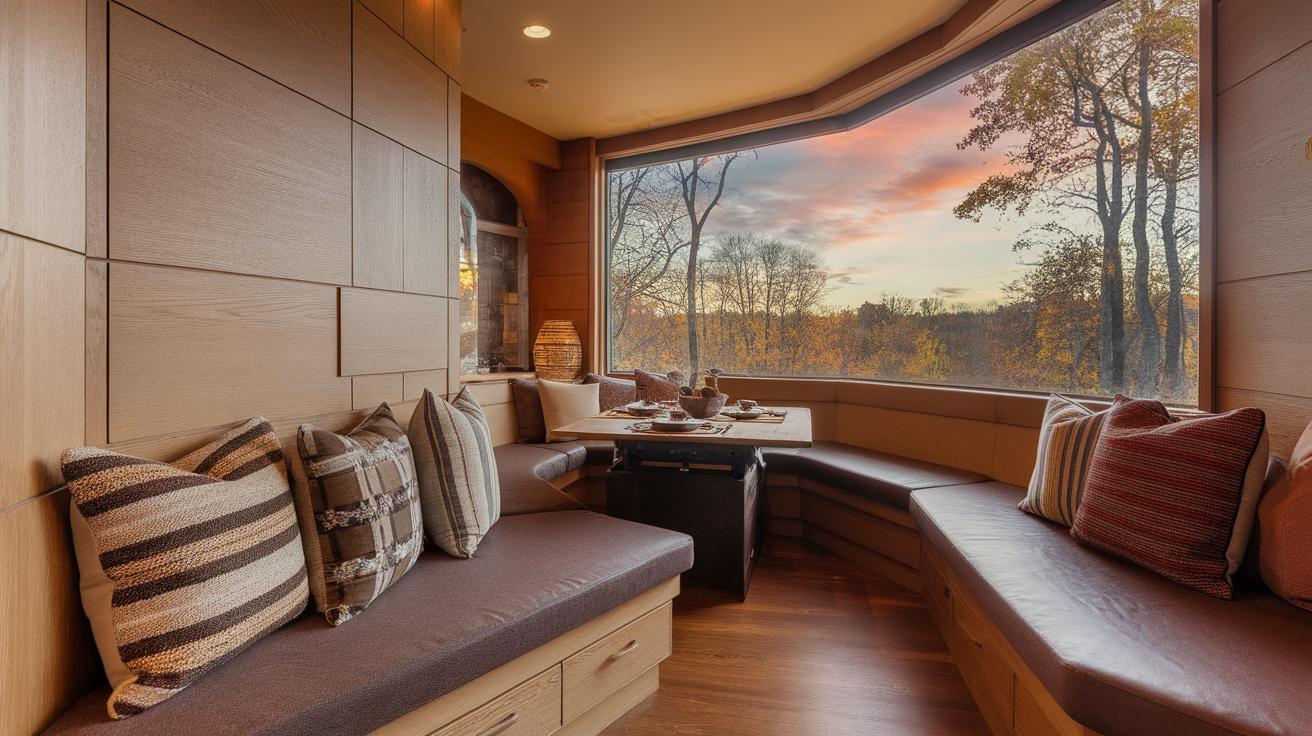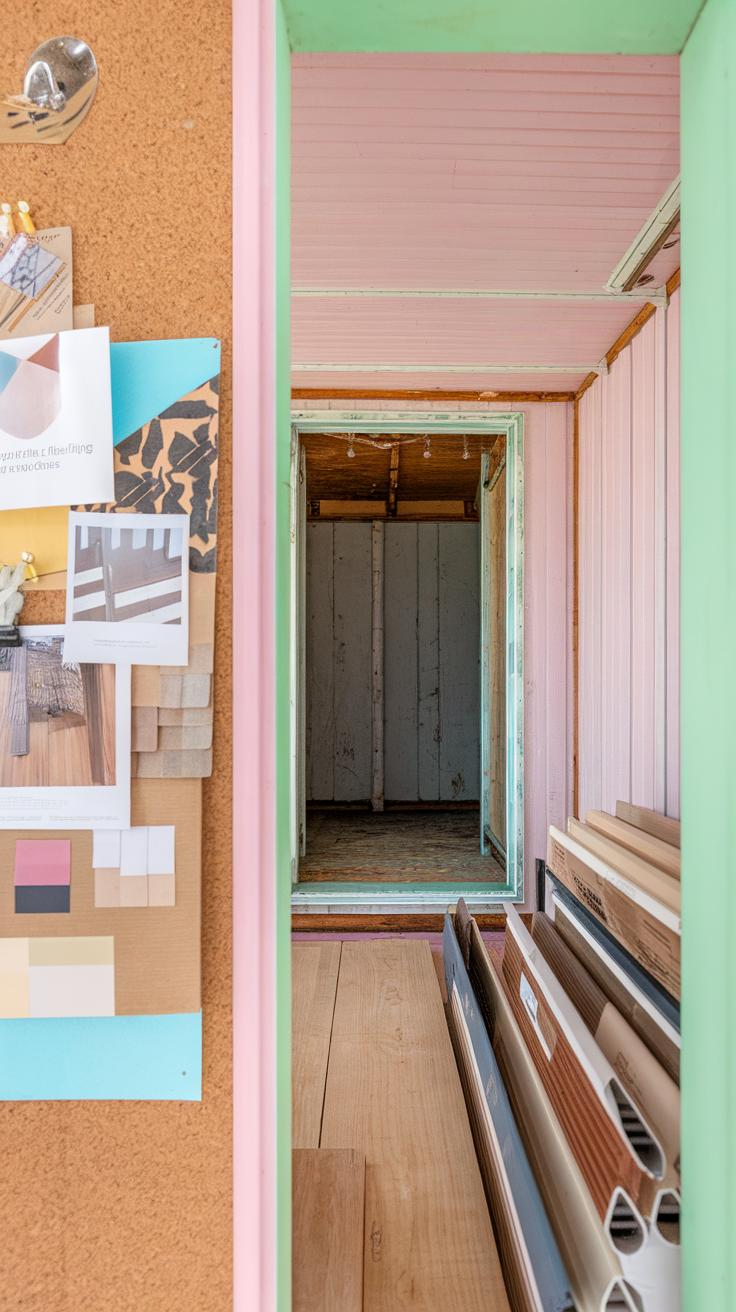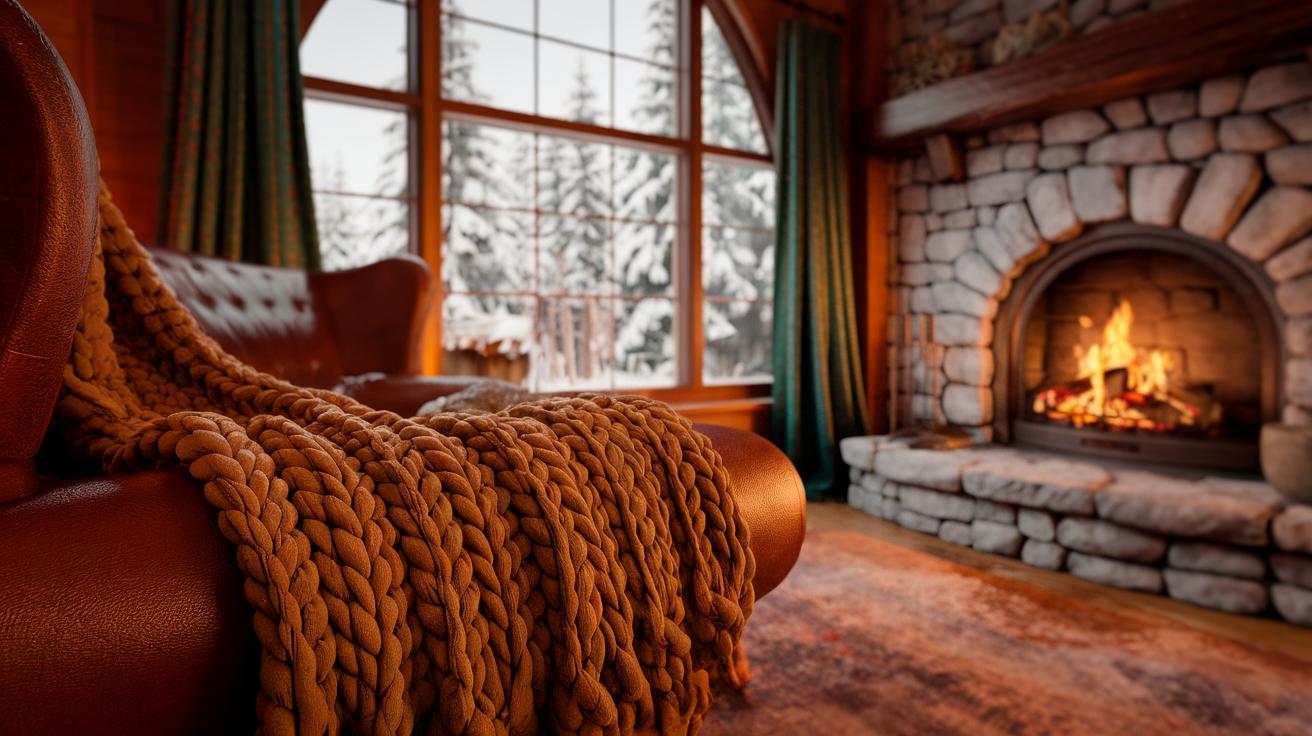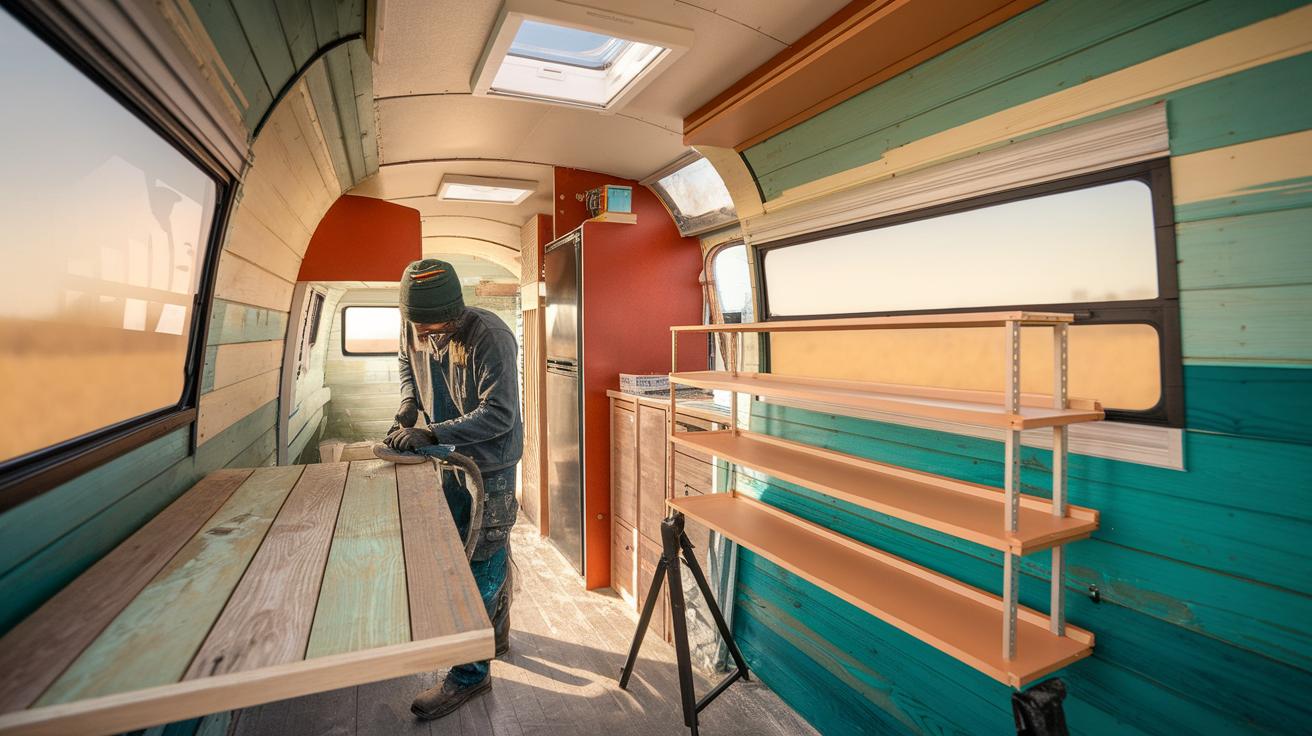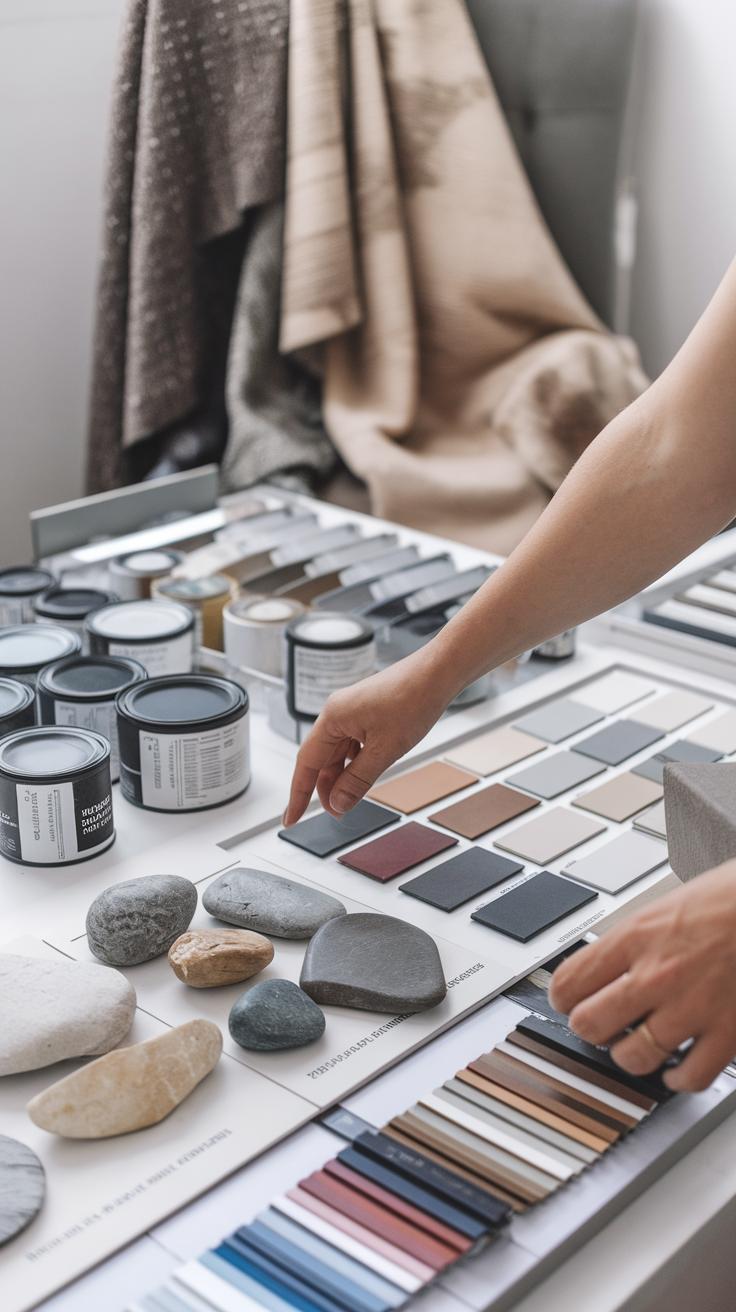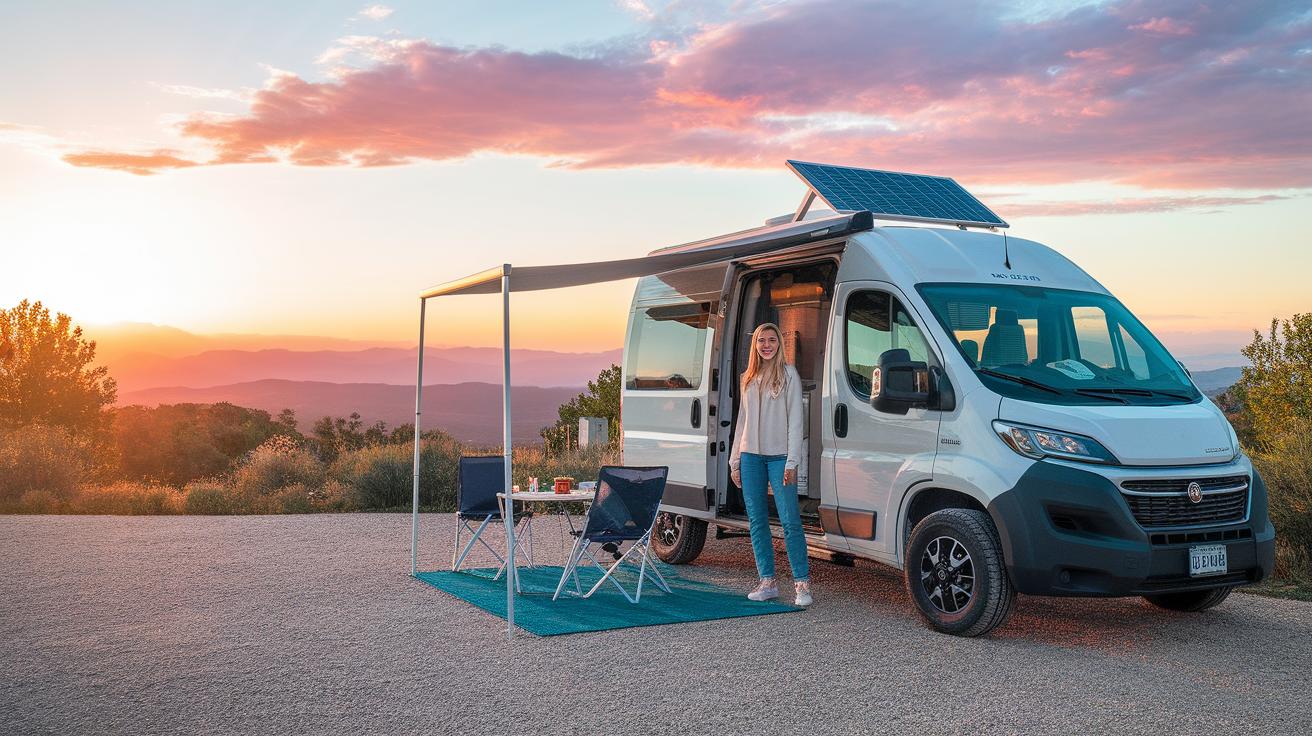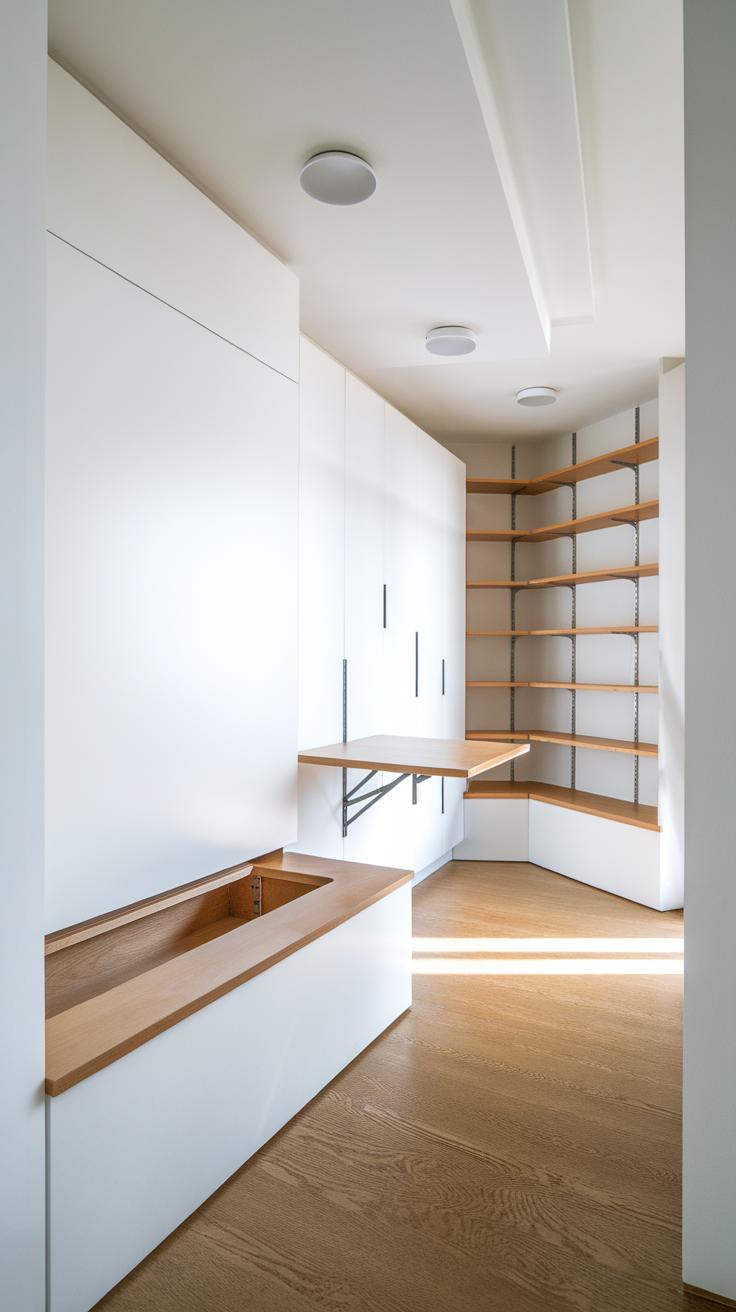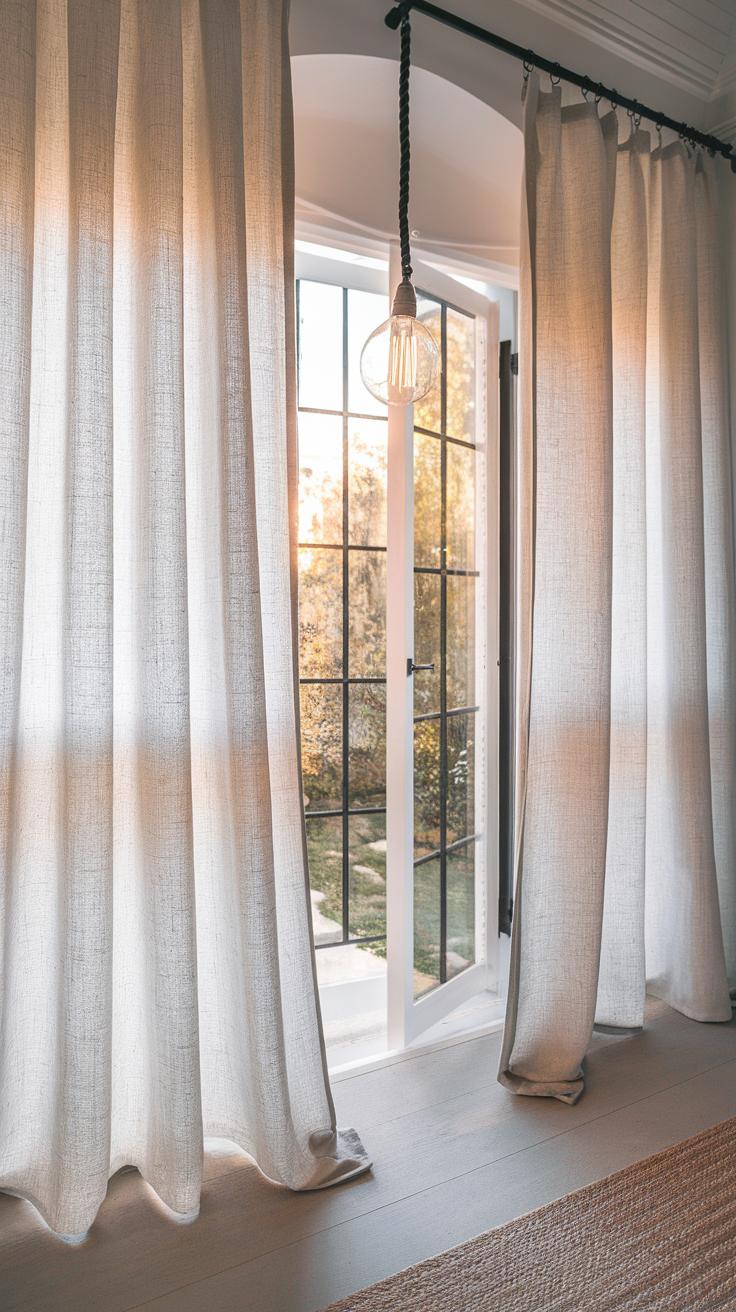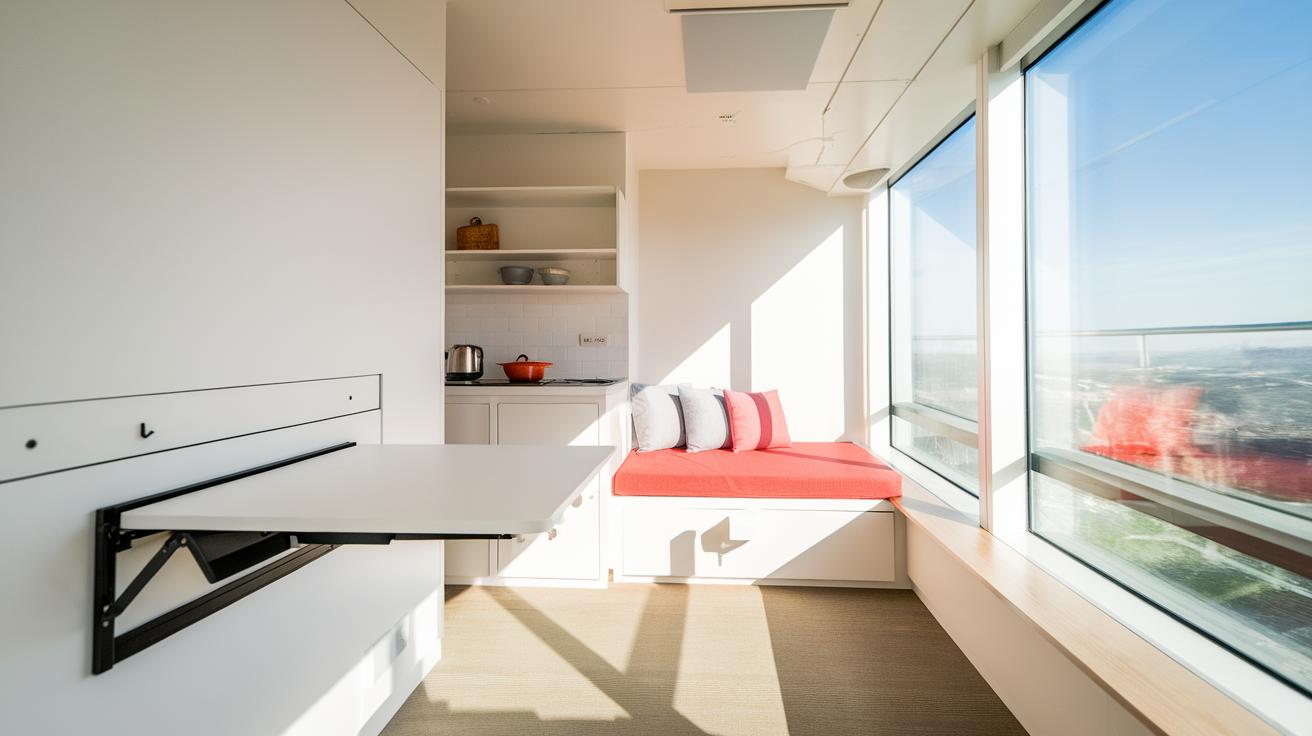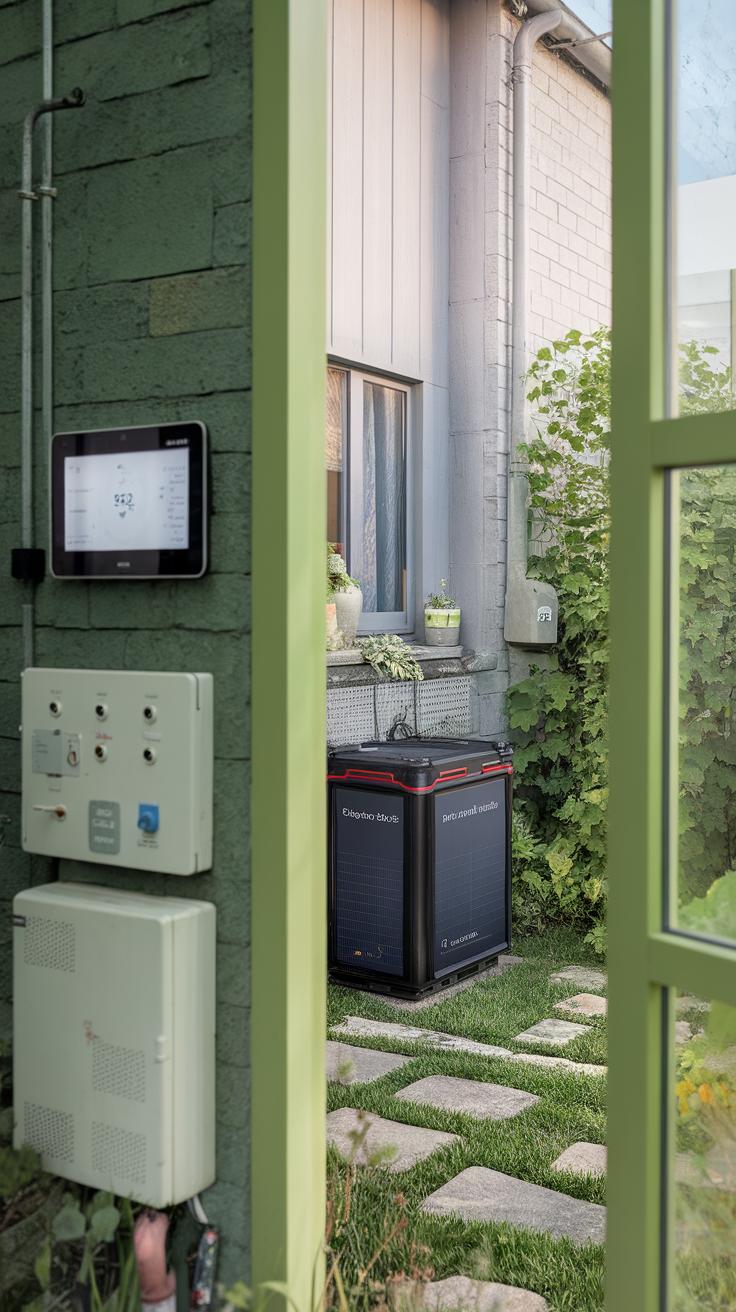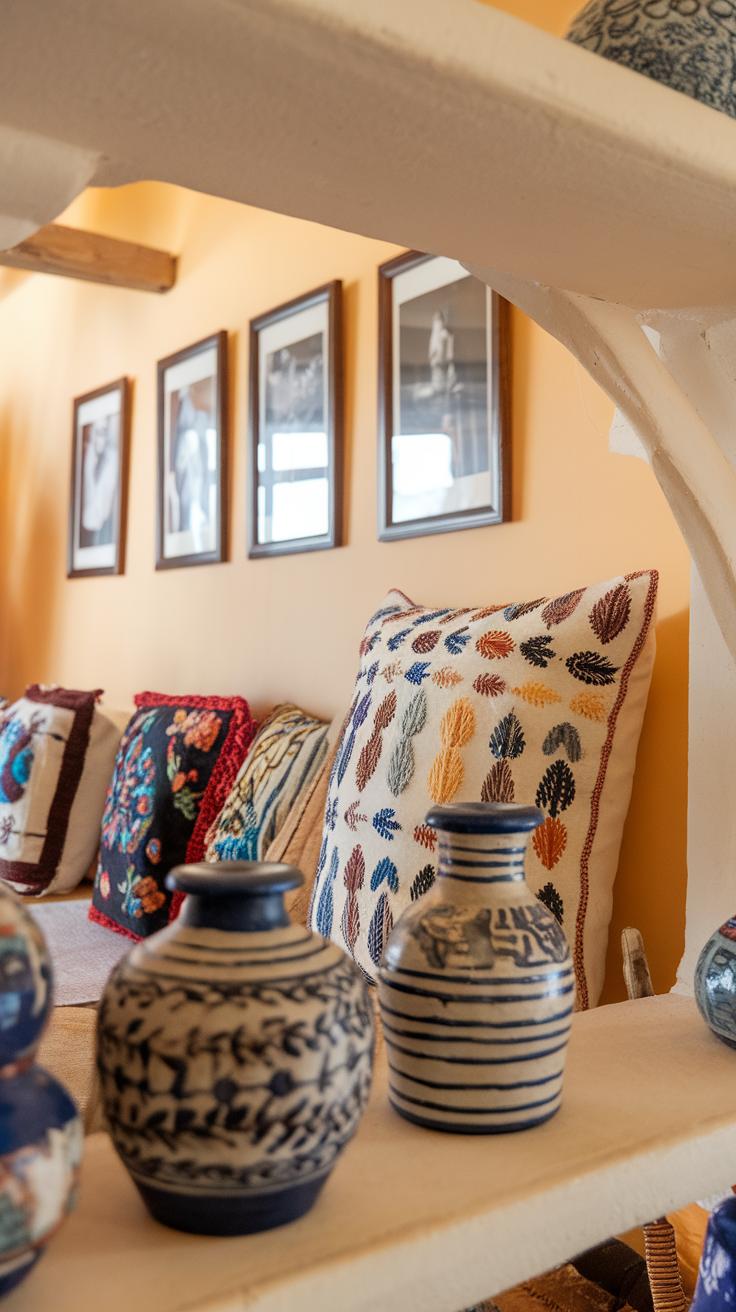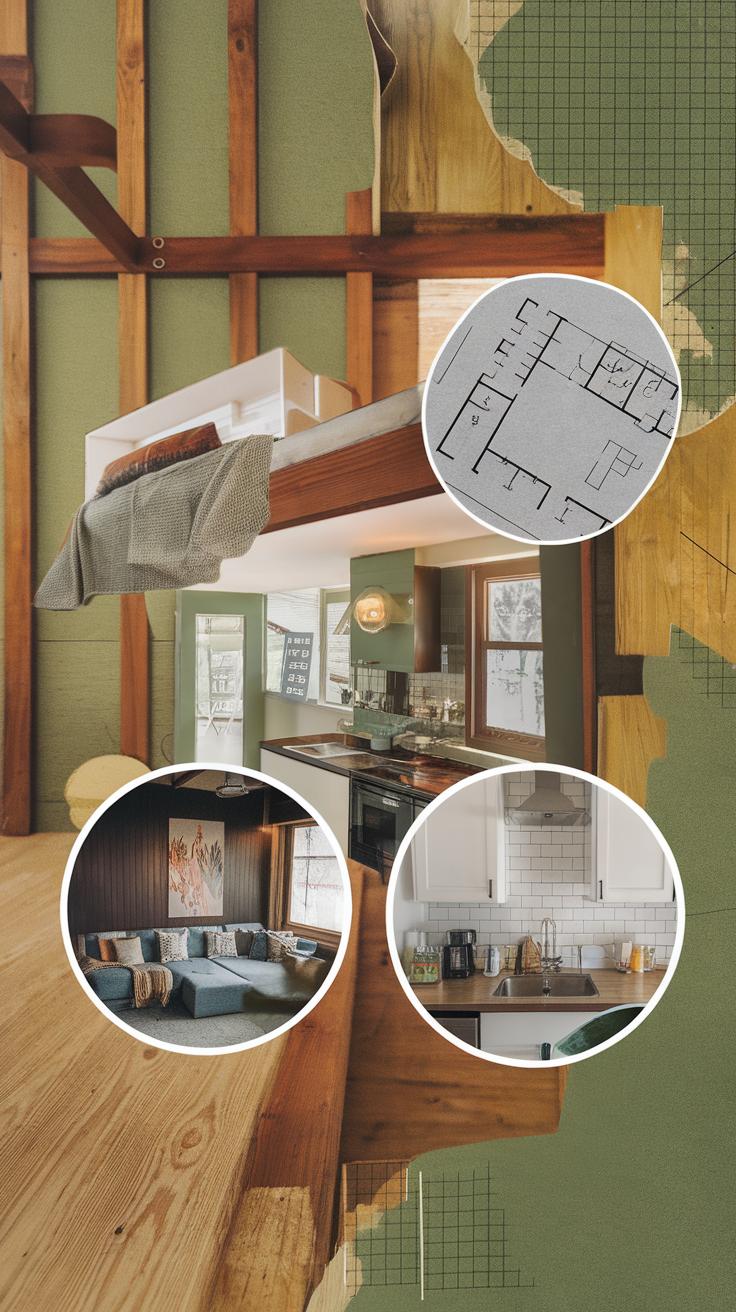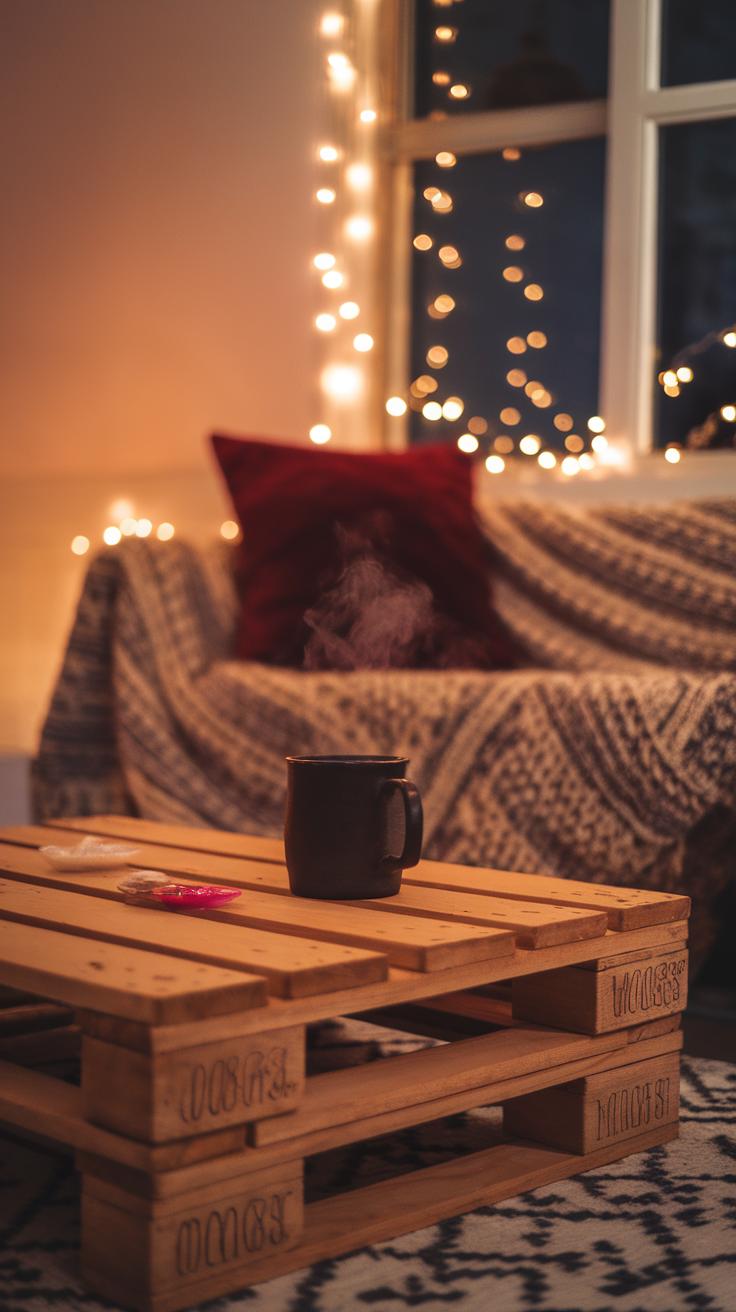Introduction
Small living spaces like tiny cabins bring a unique challenge and opportunity for interior design. They force you to think creatively and use every inch wisely. Tiny cabin interiors focus on comfort and practicality while aiming to stay stylish. Many designs embrace minimalist principles, reducing clutter and emphasizing natural light. This can make even a tiny cabin feel open and cozy at once. A well-crafted tiny cabin interior shows that size does not always define the quality of living spaces.
Modern tiny cabins often feature modular designs and eco-friendly materials, which add value beyond the aesthetics. You will see elements like efficient storage, multi-purpose furniture, and seamless indoor-outdoor connections. Some cabins use large windows or skylights to invite nature inside. The result is an inviting home where simplicity meets innovation. This article shares insights and ideas that guide you in designing cozy, inspiring interiors for tiny cabins.
Understanding the Tiny Cabin Concept
Tiny cabins are small, compact living spaces designed for simplicity and functionality. They usually range from 100 to 400 square feet. These cabins grew in popularity as people sought alternatives to large, costly homes. Rather than just smaller houses, tiny cabins focus on efficient use of space and connection to the outdoors.
The tiny cabin movement encourages living with less stuff and reducing waste. Many who choose tiny cabins want to minimize their environmental footprint. Others are drawn by the chance to live closer to nature, using cabins as retreats or full-time homes in natural settings.
Choosing a tiny cabin often means choosing a lifestyle centered on calm, focus, and sustainability. How could your life change if you downsized your home and belongings? Could that bring more freedom or less stress?
Origins and Purpose
Tiny cabins started from the larger tiny house movement, which arose as a reaction to rising home prices and environmental concerns. People wanted affordable homes they could build or buy with limited resources. Tiny cabins offered even simpler options for those priorities.
Early adopters focused on creating spaces that could adapt. A tiny cabin might serve as a weekend cabin, guest house, or a main home, depending on needs. These cabins support a minimalist lifestyle while meeting basic comfort and shelter requirements.
They appeal to people who want low-cost housing without sacrificing design or access to outdoor living. What challenges in your housing choices could tiny cabins solve?
Core Principles
Tiny cabins follow several key ideas. First, keep the space as small as possible and use every inch efficiently. Multi-use furniture and clever storage help maximize usable areas.
Reducing environmental impact also matters. Many cabins use sustainable materials, solar power, or water-saving systems to lessen their footprint. This approach supports healthier living for you and the planet.
Strong connection with nature plays a major role. Large windows, outdoor decks, and placement within natural settings encourage spending time outside and appreciating the environment.
Could minimizing space and resources improve how you live daily? What small changes could boost your connection with nature?
Planning Your Tiny Cabin Interior
Planning the interior of your tiny cabin starts with knowing how you live and what matters most in your space. Small rooms demand clear priorities because every inch counts. Spend time figuring out what activities you want to include, such as cooking, relaxing, working, or hosting guests. Think about how much storage you need and where you will keep your belongings.
Thoughtful planning prevents clutter and creates a space that feels both comfortable and stylish. It helps you avoid wasting precious space on items or setups that don’t match your lifestyle. Your priorities should guide your choices in furniture, layout, and storage solutions. When you plan carefully, your tiny cabin becomes a home that works for you rather than against you.
Assessing Your Needs
Start by listing daily tasks you want your cabin to support. Do you want a cozy reading nook, a workspace, or enough seating for visitors? Include how much storage you need for clothes, gear, or kitchenware. Are shared spaces or private corners more important?
Consider your limitations, like budget or how many people will use the space. Ask yourself: What can I not live without? What items can be stored away or even left out?
Writing down your must-haves and deal-breakers helps focus your design choices. Without this, you risk filling the cabin with furniture or features that don’t support your actual needs.
Layout Strategies
Layouts that maximize flow make a tiny cabin feel larger and easier to live in. Open floor plans combine cooking, dining, and living areas, which increases flexibility. Modular designs use pieces that can change purpose, like a bench that doubles as storage or a table that folds down when not in use.
Place frequently used items where they are within easy reach to reduce clutter and frustration. Clear pathways help movement feel natural without feeling cramped. Think vertically—shelves, loft beds, and wall hooks free up floor space.
Changing your layout during the planning stage costs less time and money than after building. How can you arrange your space so it flows effortlessly for your daily life?
Choosing Materials and Colors
Your material and color choices shape how spacious and calming your tiny cabin feels. Opt for natural materials like wood and stone to bring warmth and texture without overwhelming the space. These materials connect you with nature and add a tactile layer that invites comfort.
Light colors help open up small areas. They reflect more light, making rooms feel airier than dark tones would. Soft whites, pale grays, or gentle beiges create a soothing backdrop that does not compete with your furniture or decor.
Consider textures that offer visual interest and depth. Linen curtains, wool cushions, or jute rugs provide a cozy feel without crowding the space. Ask yourself: how can your material and color choices support relaxation and comfort in your tiny cabin?
Materials Matter
Timber stands out for tiny cabins. It is durable, renewable, and fits the rustic or modern look you might want. Using sustainably sourced wood reduces your environmental impact and enhances cabin warmth.
Sustainable fabrics like organic cotton or hemp soft furnishings feel good for both you and the planet. These fabrics breathe well and last longer, which suits the small, lived-in areas of a tiny home. Even recycled materials can add unique character while staying eco-friendly.
Think about how each material works with your daily use. Will your choices soften footsteps? Resist wear? Stay easy to clean? Match material qualities to your cabin lifestyle.
The Role of Color
Light, neutral colors reflect sunlight and artificial light, instantly boosting brightness inside your tiny cabin. White walls open up corners and minimize harsh shadows, making the space feel larger. Soft grays or creams add gentle contrast without closing in the room.
Adding accent colors carefully can enrich the mood. Deep greens, muted blues, or warm terra cotta tones offer focal points that catch the eye without crowding. You can introduce these through pillows, wall art, or small furniture pieces.
How do your color choices support the mood you want? Are you aiming for calm, energy, or a blend? Select accent tones that complement your base palette for harmony and visual balance.
Maximizing Storage and Furniture
When living in a tiny cabin, every inch counts. You need furniture and storage that serve multiple purposes without crowding your space. Built-ins offer a smart way to use walls and corners for storage, keeping the floor clear for movement. For example, a window seat with storage underneath turns a cozy spot into a place to store blankets or books.
Multifunctional furniture helps your space adjust to your day-to-day needs. Think of a dining table that folds down or a bench that opens to store shoes or firewood. Choosing pieces designed to do more than one job reduces clutter and makes your tiny cabin feel more open.
How can you rethink your current furniture and storage to fit this approach? What small changes could improve flow and function? With the right strategy, you can make your tiny cabin both stylish and comfortable.
Smart Storage Ideas
Hidden storage is key in small cabins because it keeps clutter out of sight. Under-bed drawers are easy to install and perfect for storing clothes, extra linens, or seasonal items. Wall shelves provide vertical storage without taking up floor space. You could place baskets, books, or kitchen supplies on them.
Don’t overlook hidden compartments. Some cabins use stairs with built-in drawers or storage inside furniture like ottomans. These options help you use every available space. What spaces in your cabin could hide extra storage?
Flexible Furniture
Flexibility in furniture lets you adjust your space quickly. Foldable tables create extra workspace when needed but disappear easily afterward. Sofa beds combine seating and sleeping in one piece, ideal for guests. Stackable chairs offer extra seating that you can tuck away when not in use.
You might also consider a coffee table with storage or a bed with a fold-out desk beneath it. What furniture in your tiny cabin could serve more than one purpose? Choosing pieces that move and transform lets you make the most of your limited space without sacrificing style or comfort.
Lighting and Window Treatments
Lighting shapes how you experience a tiny cabin. Choosing the right mix of natural and artificial light makes the space feel larger and more inviting. Without careful planning, a small area can appear cramped and dark.
Window treatments also influence the cabin’s mood and function. Sheer curtains allow sunlight to flow in while maintaining privacy. You can use blinds or shades that adjust easily to control brightness throughout the day.
Think about how your activities change from morning to night. What kind of light helps you relax? What supports cooking or reading? Smart lighting choices improve comfort and style while making the most of limited space.
Natural Light Benefits
Large windows connect your cabin to the outdoors. They pull in fresh air and open views, which help the space feel less confined. Skylights increase daylight even in rooms without wall windows, brightening up dark corners.
Reflective surfaces like mirrors or glossy tabletops bounce sunlight deeper into the cabin. They reduce the need for artificial lighting during the day.
Have you tried arranging your furniture to face windows? This simple shift helps you enjoy natural light and the changing scenery. Natural elements inside, like plants, work better when placed near light sources, creating a calm atmosphere.
Layered Lighting
Overhead lighting provides general brightness but rarely meets all your needs in a tiny cabin. Using layers of light—task, ambient, and accent—adds flexibility.
Task lighting, like adjustable lamps or under-cabinet LEDs, focuses on specific jobs such as cooking or reading. Ambient lighting softens the overall glow and enhances mood. You can achieve this with wall sconces, dimmable bulbs, or string lights.
Combining these types allows you to switch the cabin’s feel quickly. Bright light for working, warm light for relaxing or entertaining. What lighting setup makes you feel most comfortable in small spaces?
Incorporating Technology and Sustainability
Technology can make your tiny cabin smarter without taking up space. Solar panels provide clean energy and reduce your reliance on batteries or the grid. Look for compact panels that fit your roof size and get the most sunlight in your location.
Choose energy-saving appliances designed for small spaces. For example, a mini fridge with an Energy Star rating uses less power but still keeps your food fresh. LED lighting also cuts energy use while brightening your rooms.
Insulation is your best friend. Proper insulation keeps your cabin warm in winter and cool in summer, lowering the need for heating or cooling devices. Materials like spray foam or recycled denim lining are good options and eco-friendly.
How can you balance modern comfort with your desire to tread lightly on the planet? Small steps like these help you live sustainably without giving up conveniences.
Energy Efficiency
Solar panels fit nicely on tiny cabin roofs and generate electricity without noise or pollution. You can start with a small system for basic needs and expand if necessary. Battery storage lets you keep energy for cloudy days.
Energy-saving appliances use less electricity and often perform better in small spaces. A tankless water heater, for example, heats water only when needed, saving energy and space.
Insulation reduces heat loss through walls and windows. You might add foam boards or reflective barriers to keep temperatures steady. Think about sealing gaps to prevent drafts; it’s simple and effective.
Water and Waste Systems
Water-saving fixtures reduce usage without sacrificing comfort. Low-flow faucets and showerheads cut water use by half or more. Consider a greywater system that reuses water from sinks for gardening.
Composting toilets avoid water waste and produce usable compost. Models now come in compact sizes and quiet designs that suit tiny cabins.
Manage waste by recycling and minimizing trash. You might try a simple bin for separating recyclables or compost food scraps. What systems will you use to keep your tiny cabin clean and friendly to the environment?
Decor and Personal Touches
Minimalist Approach to Decor
A small cabin needs decor that fits its size and purpose. Choose items that have meaning or serve a purpose rather than just filling space. Select a few favorite pieces, such as a handcrafted vase or a family photo, to create a sense of identity without clutter. Containers and baskets help keep essentials organized and out of sight, making your cabin feel neat and open. Think about how each item affects your living space—does it add comfort or beauty, or does it take up precious room? Opt for decor that complements your cabin’s style and supports your daily activities. Ask yourself, what do I really need to feel at home here?
Comfort and Coziness
Soft textiles bring warmth to a tiny cabin. Use cozy throws and cushions on chairs or beds to invite relaxation. Warm lighting, such as lamps with soft bulbs or string lights, creates a gentle glow without overwhelming the space. Natural light plays well with plants, which add life and freshness to your cabin. A few low-maintenance plants can brighten corners and improve air quality. Combine these elements to make your cabin feel welcoming. How can you arrange lighting and textiles to enhance tranquility and comfort in your space?
Examples of Inspiring Tiny Cabin Interiors
Many tiny cabins show how to balance comfort and style in small spaces. Look at the compact cabin designed by Swedish architect Alexander White. He used built-in furniture and multi-purpose areas to maximize every square foot. You can see how clear walkways and smart storage keep the space feeling open and neat.
Another example is the “Minim” cabin in British Columbia, which highlights practical layouts. The bed folds into the wall, creating room for a dining area during the day. This approach lets you adapt your tiny cabin for different activities without clutter.
These designs ask you to think about your daily needs. What tasks require space? Can your furniture serve more than one purpose? Answering these questions helps shape your own cozy, efficient space.
Scandinavian Minimalism
Some tiny cabins follow Scandinavian minimalism to create calm rooms. They use light wood tones and simple shapes. The furniture often has clean lines and no extra decoration, focusing on functionality. This helps you enjoy the space without feeling overwhelmed.
Look at the “Taun” cabin by Hjem Studio in Norway. It uses pale wood and built-in shelves to keep the environment neat. Windows bring in natural light to brighten small corners. You could use a similar method, combining practical pieces and neutral colors to widen your room visually.
How could you simplify your interior without losing character? Try reducing excess items and sticking to a small color palette. Minimalism in tiny cabins shows you don’t need much to feel calm.
Rustic and Nature-Inspired Designs
Some tiny cabins connect indoor and outdoor life by using earthy colors and natural materials. Rough wood, stone accents, and muted greens blend the interior with the outside. This design creates a warm atmosphere that feels close to nature.
The “Moss Cabin” near Seattle features reclaimed wood and large windows that frame forest views. The colors echo the landscape, making inside and outside feel united. You can bring this style into your cabin by adding wood finishes or natural fabrics.
Could adding texture to your space help you feel grounded? Think about using raw materials or shades from the environment around your cabin. This invites a quiet, natural vibe that makes small spaces more inviting.
Making Your Tiny Cabin a Cozy Home
Routine Upkeep
Your tiny cabin stays comfortable when you keep it clean and clutter-free. Small spaces get messy fast, so set a simple cleaning schedule. Wipe surfaces weekly and vacuum or sweep floors regularly to prevent dirt buildup. Decluttering is key—remove items you don’t use or need. Does a drawer hold old tools or clothes you never wear? Donate or store them elsewhere.
Organize belongings with smart storage solutions like baskets, wall hooks, or multi-use furniture. Keeping surfaces clear and floors open makes your cabin feel bigger and more inviting. When you tidy up regularly, living happily in a small space becomes easier. How does your current routine help you manage your tiny cabin’s space?
Adapting to Change
Your needs will evolve, and your cabin should too. Swap bulky furniture for pieces that fold or have storage underneath. For example, a sofa bed lets you switch between seating and sleeping without extra space. Rearranging your layout can open new room for activities or create cozy nooks for relaxation.
Think about how your lifestyle is changing. Are you working from home more? Maybe a small desk or wall-mounted table would help. Hosting visitors occasionally? Look for stackable chairs or foldable tables to bring out only when needed.
Updating finishes like paint or textiles can refresh your cabin without big expenses. How can your space better fit your daily life now? Adjusting your interiors over time keeps your tiny cabin feeling like home, not a tight squeeze.
Conclusions
Designing interiors for tiny cabins requires balancing form and function. Success lies in making smart choices that maximize space without sacrificing comfort. Every detail matters, from furniture style to lighting and color schemes. Use natural materials and light colors to keep spaces bright and airy. Innovative storage and flexible furnishings enhance usability. Small living does not mean lesser living. Clever designs can transform tiny cabins into warm, welcoming homes.
Consider your lifestyle and habits to tailor interiors to your needs. Think about what makes a space cozy and inviting for you. Tiny cabins embody a trend towards simpler living, but also craftsmanship and personality. By focusing on practical yet stylish solutions, you can create a tiny cabin interior that supports your well-being. With thoughtfulness and creativity, small spaces become big on comfort and charm.


